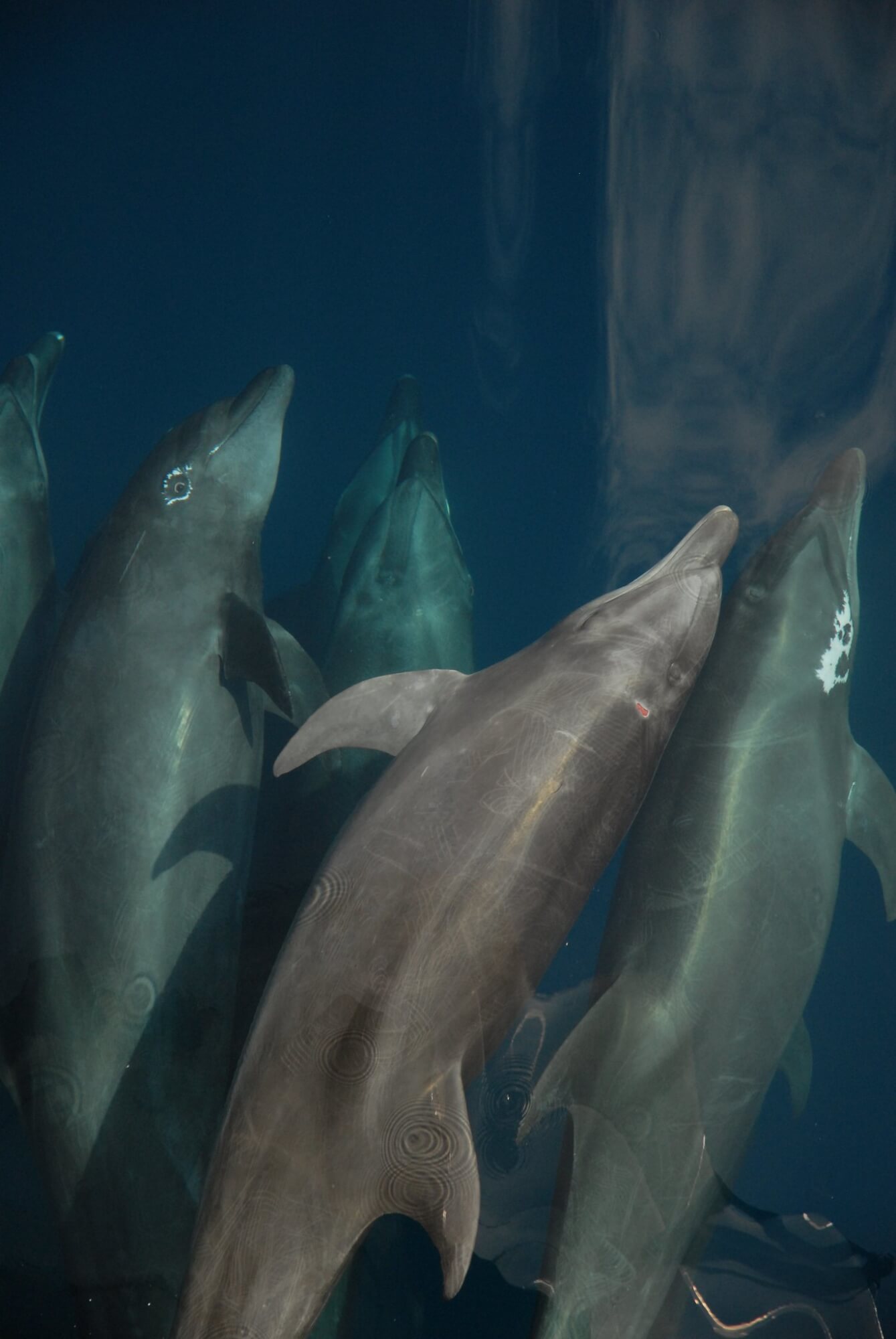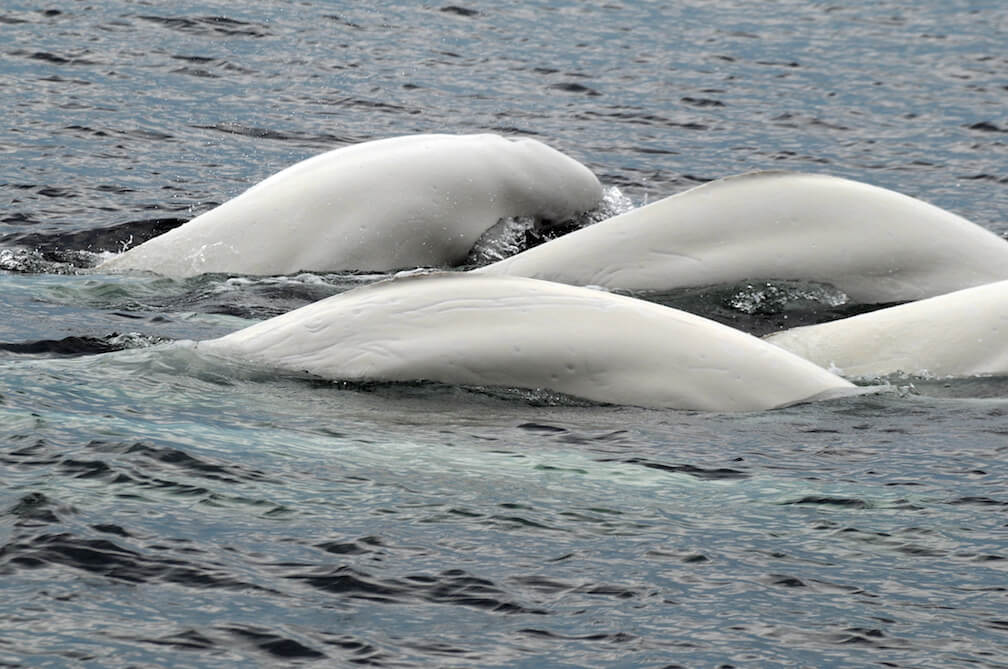When discussing the impacts of an accident between a ship and a marine mammal, we generally focus on the physical consequences of the collision. Often fatal for the cetacean, a ship strike can also lead to significant injuries and thus limit the animal’s ability to swim, forage and/or reproduce. But even if the whale physically recovers from this accident, could there be any psychological or behavioural repercussions?
Unfortunately, it is extremely difficult to answer these questions, as scientists do not yet quite know how to study emotions in cetaceans, let alone psychoanalyze them. However, thanks to rigorous long-term population monitoring, researchers have managed to identify changes in the social lives of injured individuals.
This analytical work was carried out by Michelle Greenfield, a veterinary student at Cornell University, and researchers from the Sarasota Dolphin Research Program. Their results shed light on the impact that collisions can have on social relationships in bottlenose dolphins and thus provide us with the first elements of an answer.
After an accident, companions drift apart
In Florida’s Sarasota Bay, researchers have been studying the population of bottlenose dolphins (Tursiops truncatus) living in the estuary for nearly 50 years, accurately documenting the complex social interactions of the 150 to 200 individuals that reside there. Like many other species of dolphins, bottlenose dolphins – as well as belugas for that matter! – function on a fission-fusion-type social model, where groups of various sizes come together and separate over time. Within these groups and their fluid relationships, each individual has a network of privileged companions. So what happens to these associations after an animal’s back has been gashed by a propeller?
After studying the social circles of 24 dolphins having been injured by collision or entanglement between 1982 and 2018, Michelle Greenfield observes that “while injured animals do not suffer from a decrease in the overall sizes of the groups in which they are found, they do show a decrease in the smaller networks of preferred associates with whom they were closely associated prior to injury.” To simplify, the bonds between privileged partners become less robust: the injured dolphin still sees as many individuals in its group, but has fewer “close friends” than it had before its injury. On the other hand, the strongest bonds, like those between a mother and her calf, or between bulls having formed an alliance, are not affected.
Why does an injury affect social relationships?
“We do not have the scientific means to definitively explain why these social changes occur after injury,” points out the veterinary student, who nevertheless proposes a few hypotheses.
It is possible that the injured animal – now less picky in its companion choices – seeks to maintain the size of its social network at all costs by having more numerous but less intense interactions with its comrades.
It is also possible that other dolphins interpret injury as a sign of weakness and become less likely to repeatedly associate with an injured animal. “While this is not confirmed in marine mammals, other species such as the ring-tailed lemur (Lemur catta) distinguish weaker individuals through changes in their pheromones and adapt their behaviour accordingly,” points out Michelle Greenfield.
Another possible explanation is that the trauma of the accident alters the dolphin’s personality, making it more shy, for example. However, a recent study was able to show that, in bottlenose dolphins, the personality of each individual influences its social relationships and the structure of the group.
In any case, the social impact of the injury is temporary: the dolphins studied return to a quasi-normal social life after two years.
What about other whales?
It is difficult to transfer the results of this study to other cetacean species due to very wide variety of social models (matriarchal clan, solitary life, mother-calf pair, temporary association, etc.) observed in marine mammals. “It is likely there are similar physiological mechanisms amongst other species that may advise social patterns […],” deems Michelle Greenfield. “[But] further study is necessary to determine whether there are any trends amongst cetacean behaviour in the face of injury.”
Belugas have a fusion-fission social structure quite similar to that of bottlenose dolphins. For Robert Michaud, scientific director for the Group for Research and Education on Marine Mammals (GREMM), “it is very possible, even probable, that a beluga’s network, role or social function will be modified by an accident or an injury. Unfortunately, we do not yet have data available to verify this hypothesis.”
What is certain, however, is that in a social structure as complex as that of dolphins or belugas, every change in behaviour has broader impacts. “If the victim occupies a key position within its group, it follows that such an accident could have an influence on the group,” worries Robert Michaud. Thus, collisions between marine mammals and ships could have much broader impacts and longer-lasting repercussions than a simple physical injury. Which makes it all the more important to make every effort to avoid these incidents.








